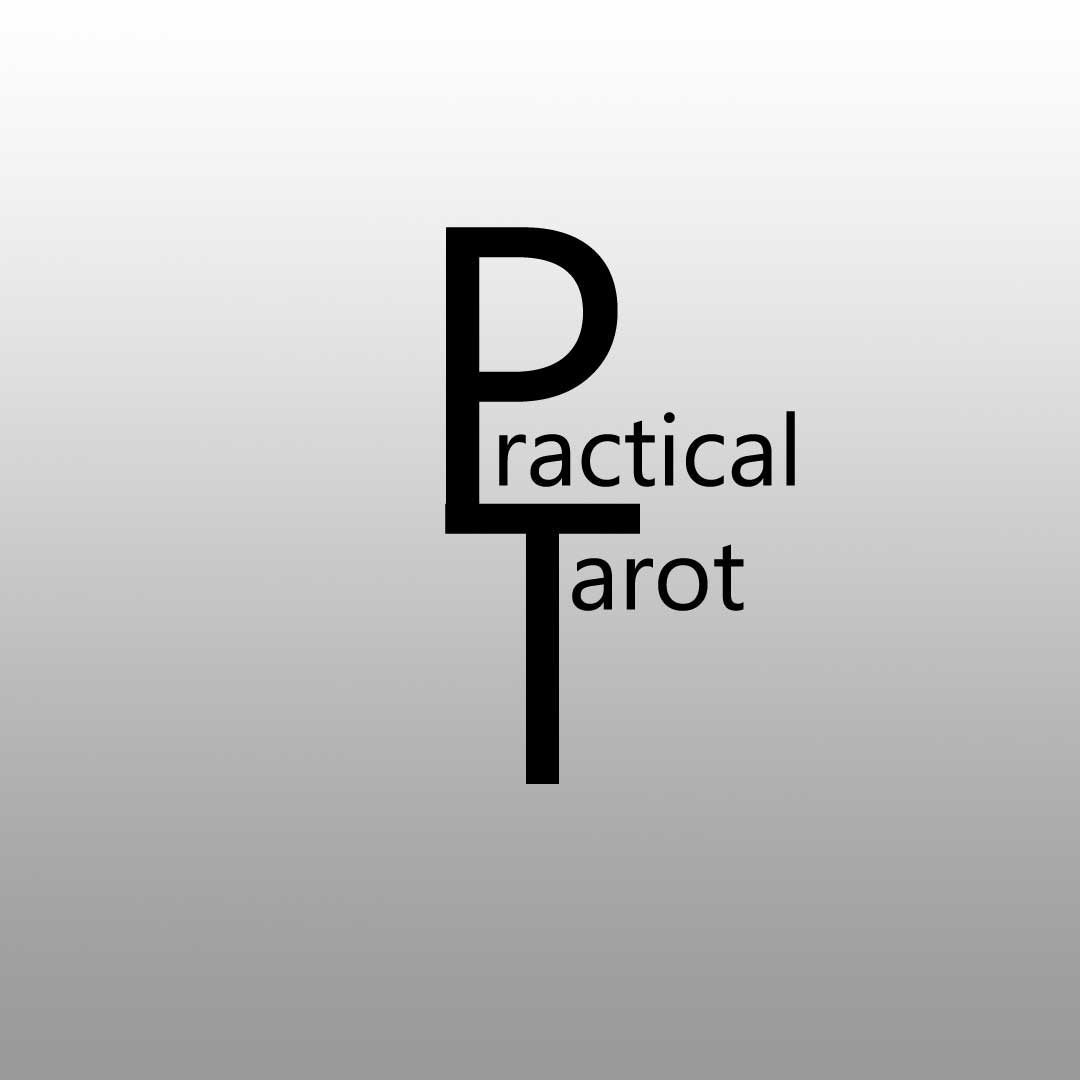There's no getting away from it, the lack of diversity in the older tarot decks including the most commonly used Rider Waite and Thoth decks can be an issue for many people - understandably.
In these old decks and many (probably most?) other decks there are no people of colour, gender roles are traditional and the few poor souls who have any physical disabilities are portrayed as unfortunate victims of fate. Anyone who identifies as a member of the LGBQT community or any minority group might struggle to find themselves mirrored in the cards.
So, yes, there must be a need for tarot decks designed for and by people who identify as other than the historical culturally accepted norms as portrayed in cards whose imagery was designed by white, middle-class intellectuals, artists and writers born in the late 19th century. I say bring on new tarot decks that portray and celebrate as many different cultural, racial, gender, ability, groups as there are designers to create them.
However, there are tarot readers like me who believe that the language and symbolism of the cards is as ancient as humanity itself and is inclusive of all humanity. To those of us who take a Jungian approach to myths, archetypes and the imagery of tarot, they transcend culture, race and gender.
I'm not alone in thinking that the tarot cards express ancient archetypes passed down in our DNA as universally shared memory. Just as a baby cuckoo is born with the 'memory' of the solitary flight to Africa from its European nest, we are born with universal memory - the deep psychic understanding - of mythological characters and events that describe the symbolic journey of every individual towards self-actualization and personal fulfillment. In every culture we find dreams, books, fairy stories, songs and dramas are peopled with Kings and Queens, rich and poor, dancers and sleepers, childhood and death, animals and birds, swords and cups, fighting and fleeing, magic, gods and goddesses.
I want the beautiful Laxmi Narayan Tripathi (pictured above) to believe that her life is represented in each of the tarot cards in your deck of choice. Just as my life and yours are portrayed in any deck that we choose to use, whoever we are or aspire to be.
When I draw The Emperor card I know that the card doesn't just speak of a typical white, privileged, all-powerful male. Tarot is not so simplistic. The Emperor card represents that part of me (a small multiracial woman) that is empowered, assured and strong. It speaks of my feelings of self-worth; my ability to command respect in my chosen field; my understanding of how to listen to others, seek advice for the good of my community or ensure fairness for all. And in Jungian terms, The Emperor symbolises my animus - that male part of my psyche common to all women and individual to me.
The Emperor card asks us how we feel about our father or male authority figures. It talks of discipline and self-discipline and can counsel against bullying or behaving like a tyrant to those who are weaker or less privileged. All these things can be true of any of us, regardless of culture, race, gender or ability.
I love that there are now so many modern tarot decks and fabulous websites that celebrate diversity in the tarot.
Nobody thinks you have to be a cat to love working with Tarot of the White Cats. Or a zombie to . . . Well, I guess you know where I’m going by now.
Acknowledging and listening to your own authentic voice as it comes to you through the cards is where the magic of tarot lies. And if Cats, Zombies, Druids, Shamans, Herbs or Native Americans speak to you and for you, well that’s diversity too.
I might be fooling myself but I like to think that I can read for anyone regardless of gender, race, age or culture using a traditional tarot deck. I believe that any tarot reader can read for me using a deck of their choice. The language of tarot transcends the personal experience of the reader and goes straight to the heart of the seeker and their own unique journey. Unique, personal and universal. There are no boundaries, only a willingness to listen.
(The image above left is Laxmi Narayan Tripathi at JLF Melbourne presented by Melbourne Writers Festival, Federation Square, Melbourne 2017 by Timothy Herbert - Own work, CC BY-SA 4.0, https://commons.wikimedia.org/w/index.php?curid=56288138)
(The image above right is The Emperor from the original Rider Waite Smith Tarot 1909)


